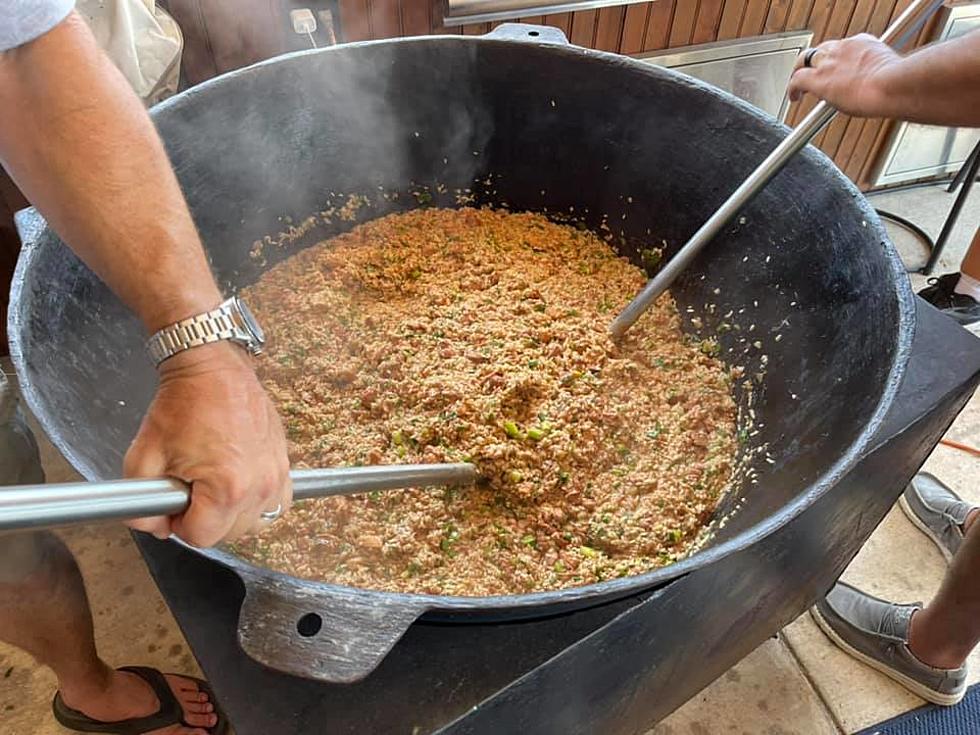
Lake Charles Woman Finds Giant Funyun in Bag!
Imagine being in the middle of a snack attack and the only thing that can help is a bag of beautiful salty Funyuns. I remember discovering Funyuns in my high school days. They just seemed to be the perfect combination of salt and more salt that would pair nicely with a cold Coke.
The rings would vary in size and shape, sometimes they would be a touch broken. It didn't matter, they were all getting eaten to the last crumb in that bag. I always wondered how they were made. It never dawned on me that they weren't really made of onion rings, but I also didn't think about it very much when I was eating them.
Imagine my surprise when I ran across this picture of a Lake Charles woman that seemed to hit the jackpot of Funyun size. It's just a giant cylindrical Funyun and I really am not that mad at it. The question is, how in the heck did she get a giant single Funyun? It has to do with the process of how they get the rings of the Funyun. As the cornmeal batter is mixed up, it is sent through a high-pressure extruder. As the batter makes its way through, it comes out of the die that makes the iconic ring and gets knocked off by an arm that drops the ring out on a conveyer belt.
It seems for this bag, the little arm that keeps the rings at a correct size might have been on a break and didn't work for a bit. The result? A giant Funyun and one heck of a social media post. Apparently, it indeed did taste just fine, but it was just a lot to eat in one sitting. Now, I want to go feel all of the Funyun bags to see if I can find a needle in an onion stack!
See How School Cafeteria Meals Have Changed Over the Past 100 Years
More From Cajun Radio 1290 AM









